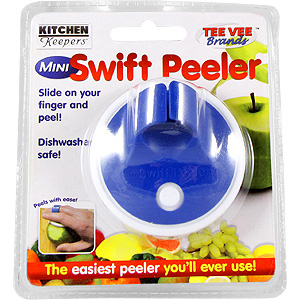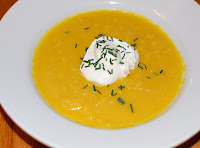1. Make sure your bottle is well chilled (42°F to 50°F) for at least 30 minutes in a bucket with ice and water before opening.
2. Remove the foil surrounding the cage and cork.
3. Keeping one hand firmly on the cage and cork, use your other hand to unwind and loosen the cage. Leave the cage on for a better grip on the cork.
4. Hold the bottle at a 45-degree angle, pointing away from anyone or anything breakable. The amount of pressure in a champagne bottle is very high, and it can easily send the cork flying unexpectedly.
 5. With one hand still firmly holding the cage and cork, grip the bottom of the bottle with your other hand. Gently twist the bottle from the bottom while keeping a firm grip on the cage and cork. At the same time, rock the cork very slightly to get it moving. You are turning the bottle, not the cork.
5. With one hand still firmly holding the cage and cork, grip the bottom of the bottle with your other hand. Gently twist the bottle from the bottom while keeping a firm grip on the cage and cork. At the same time, rock the cork very slightly to get it moving. You are turning the bottle, not the cork. 6. You'll feel the cork begin to move and press up against your hand. Keep a firm grip on it. The amount of pressure you use determines how loud the pop is when the cork finally comes out. You should actually rock the cork slowly while twisting to ease it out so the bottle releases a small sigh. This way the pressure is taken off and you keep the sparkling wine from spilling everywhere.
However, if you must make a big production of opening your bottle, then you'll want to saber your champagne. Sabrage (the method of opening a bottle with a saber) became popular in France during the time of Napoleon who preferred to celebrate his victories by having his bottles of champagne sabered open. Sabrage involves swinging a specialized sword over the tip of the bottle; this method cleanly removes the glass lip along with the cork. This method is not recommended for home use (Duh!)
Regardless of the way you open your champagne or sparkling wine, please enjoy it responsibly. If you are not celebrating in your own home, please designate a sober driver or take a taxi cab to get home safely.
*True French champagne blends three grapes―Chardonnay (white), Pinot Noir (red), and Pinot Meunier (red) from the Champagne region of northern France. However, sparkling wine is made all over the world. As a general rule, méthode champenoise (Champagne method) is the phrase you're looking for on the sparkling wine's label. This means that among other things, the wine has undergone a second fermentation in the bottle, producing millions of tiny bubbles.
*True French champagne blends three grapes―Chardonnay (white), Pinot Noir (red), and Pinot Meunier (red) from the Champagne region of northern France. However, sparkling wine is made all over the world. As a general rule, méthode champenoise (Champagne method) is the phrase you're looking for on the sparkling wine's label. This means that among other things, the wine has undergone a second fermentation in the bottle, producing millions of tiny bubbles.















































